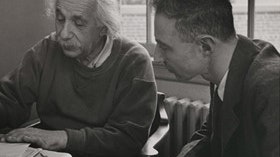Homepage
•
Learning Library
•
Blog
•
Use digital curation to unlock Knowledge Constructor, Creative Communicator standards
Expand breadcrumbs
Expand breadcrumbs
- Learning Library
- Blog
- Use digital curation to unlock Knowledge Constructor, Creative Communicator standards
- Homepage
- •
- Learning Library
- •
- Blog
- •
- Use digital curation to unlock Knowledge Constructor, Creative Communicator standards
Use digital curation to unlock Knowledge Constructor, Creative Communicator standards
By Kate Harris
October 2, 2017








